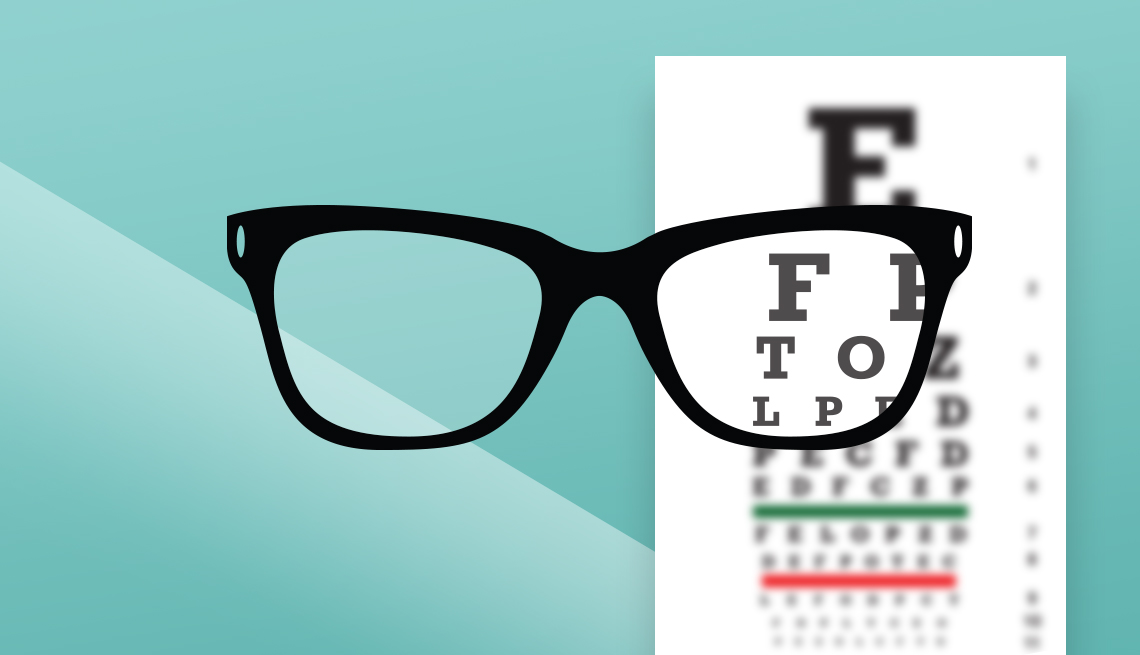Eye Center in Andalusia: Advanced Vision Care Services Available
Eye Center in Andalusia: Advanced Vision Care Services Available
Blog Article
The Advantages And Disadvantages of Various Refractive Surgeries for Boosted Eyecare

LASIK Surgical Treatment
LASIK surgery is a generally done refractive treatment that intends to deal with vision concerns such as farsightedness, nearsightedness, and astigmatism. During the procedure, a thin flap is produced on the cornea, and a laser is utilized to reshape the underlying cells, remedying the refractive mistake.
One of the primary advantages of LASIK surgery is the quick renovation in vision experienced by numerous people. It is crucial for individuals thinking about LASIK surgical treatment to undergo a thorough analysis by an eye treatment professional to figure out if they are ideal candidates for the treatment.
PRK Procedure
The PRK treatment, also known as Photorefractive Keratectomy, is a type of refractive surgical treatment that intends to remedy vision issues similar to LASIK surgical procedure. Unlike LASIK, which involves developing a flap in the cornea, PRK works on the surface layer of the cornea.
One of the advantages of PRK over LASIK is that it gets rid of the threat of flap-related problems considering that no flap is created during the surgical treatment. This can be useful for people with slim corneas or those associated with call sports where eye injury is an opportunity. Nevertheless, the recovery time for PRK is generally longer contrasted to LASIK, as the outer layer of the cornea requires time to regrow after the procedure. Despite the longer healing period, PRK can be an appropriate choice for individuals seeking vision correction surgical treatment.
SMILE Surgical Treatment
An advanced refractive surgery technique acquiring popularity in the field of ophthalmology is SMILE Surgery. Small Incision Lenticule Extraction (SMILE) is a minimally intrusive treatment that corrects vision by improving the cornea using a femtosecond laser. Unlike traditional LASIK surgical treatment, SMILE Surgical procedure involves producing a little cut in the cornea to extract a lenticule, which leads to much less disturbance to the corneal structure and possibly quicker recuperation times.
Among the main benefits of SMILE Surgical treatment is its capacity to treat myopia (nearsightedness) and astigmatism with high accuracy, bring about excellent aesthetic results for patients. The minimally invasive nature of the treatment likewise lowers the risk of difficulties such as dry eye syndrome, making it a desirable choice for individuals seeking refractive surgical procedure.

LASEK Technique
Having discovered the advantages and considerations of SMILE Surgical procedure, another significant refractive surgical treatment technique worth taking a look at is the LASEK Technique. LASEK, which represents Laser-Assisted Subepithelial Keratectomy, is a type of laser eye surgical treatment that aims to fix Get the facts refractive mistakes such as myopia (nearsightedness), hyperopia (farsightedness), and astigmatism.
Unlike LASIK, LASEK does not entail creating a corneal flap. Rather, throughout a LASEK procedure, the specialist makes use of a watered down alcohol solution to loosen the slim external layer of the cornea, understood as the epithelium.
Among the key advantages of LASEK is that it can be ideal for individuals with thin corneas who might not be excellent prospects for LASIK. Additionally, LASEK usually causes minimal post-operative discomfort and a quicker healing time contrasted to PRK. However, the visual healing procedure with LASEK may be slightly longer than with LASIK.
Implantable Contact Lenses
Implantable Get in touch with Lenses provide a long-lasting vision modification remedy for people looking for a choice to traditional contact lenses or glasses. These lenses, also known as phakic intraocular lenses, are operatively put into the eye to deal with refractive errors such as myopia (nearsightedness), hyperopia (farsightedness), and astigmatism. cardiologist andalusia. Unlike traditional contact lenses that remain on the surface of the eye, implantable call lenses function within the eye itself, offering clear vision without the need for daily upkeep or elimination
Among the crucial benefits of implantable contact lenses more information is their permanence. Once put, they can remain in the eye indefinitely, using steady and regular vision correction. In addition, these lenses can be a superb choice for individuals that are bad prospects for laser eye surgical procedure or that favor a relatively easy to fix vision improvement treatment.
Nevertheless, implantable call lenses do lug some dangers, consisting of the possibility for cataracts or increased eye stress. It is vital for people considering this alternative to consult with an eye treatment professional to establish if implantable get in touch with lenses are the appropriate selection for their certain demands and eye health.
Final Thought
To conclude, each kind of refractive surgical procedure has its own advantages and negative aspects. LASIK surgery is popular for its quick recovery time, while PRK procedure might appropriate for people with thin corneas. SMILE surgical procedure uses minimal pain throughout the procedure, yet LASEK technique may have a longer healing procedure. Implantable contact lenses give an alternative for those who are not appropriate candidates for traditional surgeries. Clients must talk to their eye care company to establish the very best option for their individual needs.

In General, SMILE Surgical treatment offers a promising choice for people looking to improve their vision via refractive surgery.
Report this page